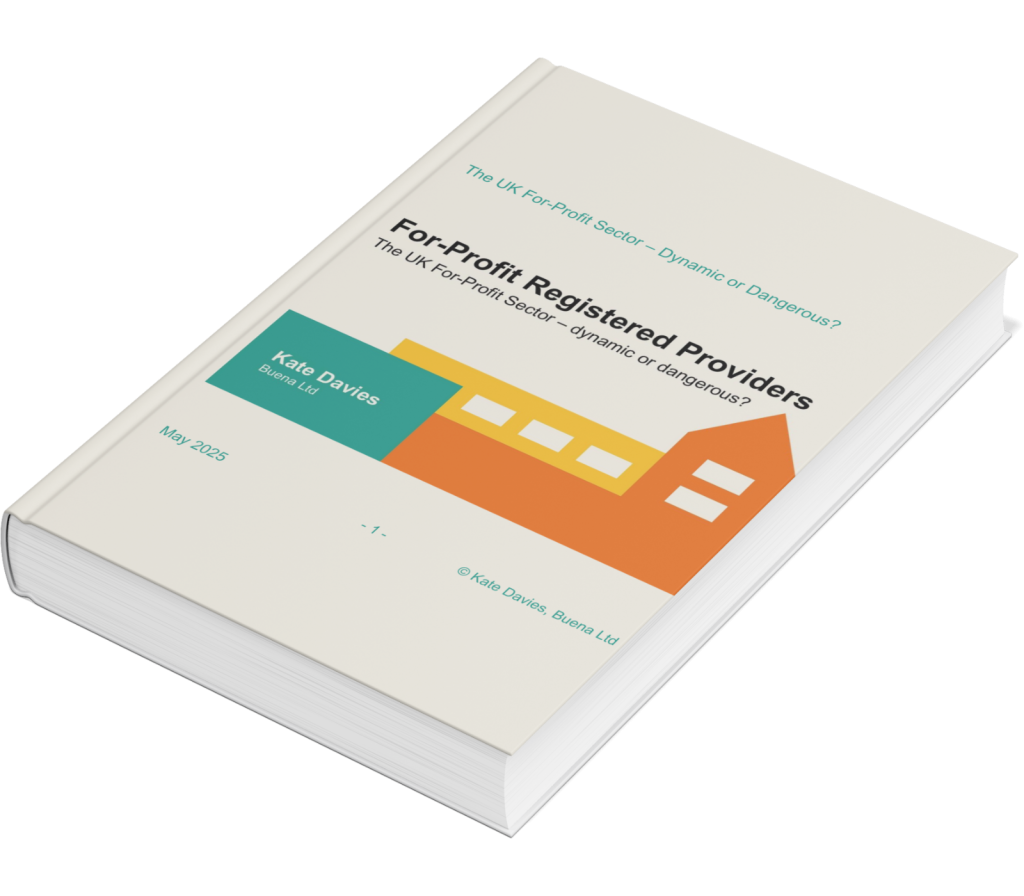I’ve written more than a few digital strategies over the past five years, and the structure and content have matured along the way.
A good Digital, Data and Technology (DDT) strategy should be more than a compliance exercise or a list of IT projects. It should be a practical tool that helps boards and executive teams make informed decisions, allocate resources wisely, and give tenants confidence that their data is safe and their landlord is getting real value from technology.
The challenge is complexity. Technology in housing is no longer just about record-keeping or maintaining a housing management system. It now underpins every aspect of the business: from how we respond to complaints and measure tenant satisfaction, to how we evidence the safety of homes, to how we protect ourselves against cyber risks.
That’s why it’s worth stepping back and asking: why are we writing a strategy, what should it contain, and crucially, how do boards play their part in shaping and governing it?
Start with corporate strategy
The best DDT strategies are grounded in the organisation’s overall direction. In housing, most corporate strategies are built around four variations of familiar themes:
– Customer service
– Asset management
– Development and growth
– Governance and people
A DDT strategy should make explicit how technology, data and digital services support each of these. Done well, it demonstrates how investment in digital is not an optional extra but an enabler. This allows all teams to come together on innovation and improvement.
Sector risk profile
The regulator has neatly packaged risks under two sub-headings:
– Data integrity. Many providers still rely on spreadsheets and good people to fill gaps. Regulators are now less forgiving, particularly around quality and safety of home.
– Data and cyber security. Attacks are more sophisticated, and no provider is too small to be a target.
And beyond these lie other risks: GDPR compliance, AI ethics, legacy systems nearing end of life. Every risk needs clear governance and a proportionate response.
Capacity and capabilities
Even the most elegant strategy fails without the right people. This is about building (or buying) skills in data engineering, analytics, change management, procurement, cyber security, and human-centred design. Boards should be asking: do we have the skills, capacity, and the confidence, to deliver?
Don’t forget operations
Too often, “strategy” overlooks day-to-day operations. If colleagues are frustrated with their devices, waiting months for system upgrades, or stuck in helpdesk queues, they will lose faith in the bigger picture. Operational basics such as service levels, device suitability, and maintenance cycles need the same rigour as tenant repairs or complaints. Communicate, communicate, communicate.
Data management
Some boards are asking for distinct data strategies. Most gaps are caused by lack of capabilities, legacy systems and a lack of coordinated governance. Consider as a detailed appendix to main strategy.
Innovation and improvement
PropTech, IoT, GenAI, blockchain… these are exciting opportunities. But for most housing providers, innovation will only succeed with solid foundations: clean data, clear governance, reliable systems, and trusted partnerships. Without these, innovation risks being more distraction than progress. Focus more in improvement of what you have.
Board governance
Boards have a vital role to play in setting a realistic appetite for risk, ensuring resources are in place, and demanding the same quality of governance for technology as for any other part of the business.
If your board spends minimal time on digital, data and technology it’s time to redress the balance. Good governance in this space is essential for the trust of your tenants, the assurance of your regulators, and the sustainability of your organisation.
Ten tips for developing a DDT strategy
Align with corporate strategy – make technology a servant of wider organisational goals.
Engage colleagues and tenants early – TSMs, complaints and digital channels all depend on trust and usability.
Prioritise data management and governance – adopt integrated approaches, not application-by-application fixes.
Address cyber security head-on – from phishing training to board and independent assurance.
Map your legacy systems – understand where you’re tied in, where flexibility is possible.
Clarify your hosting direction – cloud, on-premises, hybrid.
Invest in capacity and skills – go beyond IT into analytics, change management and security.
Don’t neglect operations – measure KPIs for service desk, devices, upgrades and resilience.
Be realistic about innovation – pursue partnerships and pilots rather than betting the farm.
Govern it properly – treat DDT with the same discipline you would finance or people.





